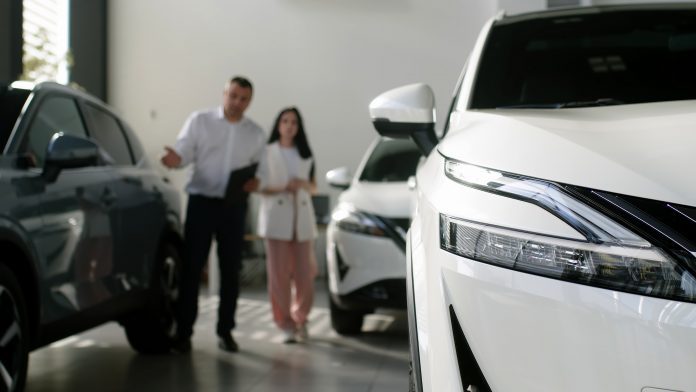According to Kelley Blue Book, the average transaction price (ATP) for a new vehicle in the U.S. fell for the 11th consecutive month, driven by higher inventories that put downward pressure on prices. In August, the new-vehicle ATP was $47,870, down 0.6% from the revised July ATP of $48,166. This decline reflects a continued trend of price decreases in the face of growing vehicle availability.
Incentives, suppressed in recent years, also increased in August, reaching 7.2% of ATP, up from 7.0% in July. This marks the highest incentive level since early 2021 and a significant rise from a year ago, when incentives were just 4.8% of ATP. The surge in incentives is a clear sign that automakers are responding to slower sales by offering more attractive deals to consumers. For context, incentives peaked at 10.8% of ATP in December 2019, before the pandemic disrupted market dynamics.
Erin Keating, executive analyst at Cox Automotive, noted that the pressure on vehicle pricing directly results from dealers navigating sluggish sales conditions. “Dealers are feeling the impact of muted sales, and they’re turning to price reductions and higher incentives to move inventory,” Keating explained, referencing the results of the Cox Automotive Dealer Sentiment Index for Q3. She also highlighted that while this shift benefits consumers, it compresses dealer profitability.
High inventory levels have played a vital role in the increased incentives. At the start of August, new vehicle inventories were more than 40% higher than the previous year. Brands like Chrysler, Ram, and Jeep saw their incentive offerings rise above the industry average as they worked through bloated inventories. Conversely, brands like Porsche, Land Rover, Toyota, and Lexus continued to offer the lowest incentives, buoyed by their lower inventory levels compared to the rest of the market.
August saw higher incentives for trucks and SUVs, with compact SUVs—the market’s most popular segment—offering incentives averaging 9.2% of ATP, which was $36,506 last month. Full-size pickups followed suit, with incentives rising to 8.4% of ATP and a corresponding average price of $65,531. On the luxury side, high-end cars offered the highest incentives, averaging 10% of ATP, while vans, sports cars, and smaller pickups had lower incentives.
Electric vehicles (EVs) also saw a surge in incentives in August, with discounts averaging 13.3% of ATP, the highest level in 2024. EV incentives remained significantly higher than those for internal combustion engine (ICE) vehicles, with the ATP for an EV reaching $56,575. Although EV prices dipped slightly year over year by 1.2%, the decline in prices has slowed, indicating that the sharp price drops seen in 2023 are easing.
Tesla’s average transaction price fell slightly in August, but year-over-year prices rose by 10.7%, with the average price of a Tesla at $59,138. The Model Y, the best-selling EV in the U.S., had an ATP of $52,482, down from August 2023, but continued to rise month over month for the sixth consecutive month. Meanwhile, Tesla’s Cybertruck saw its ATP rise for the third consecutive month, hitting a new high of $112,241. The Cybertruck remains the best-selling product priced over $100,000, with sales totaling 4,784 units in August.
As the market continues to shift toward a buyer’s market, the combination of lower prices and rising incentives creates favorable consumer conditions. However, it comes at the cost of dealer margins.



